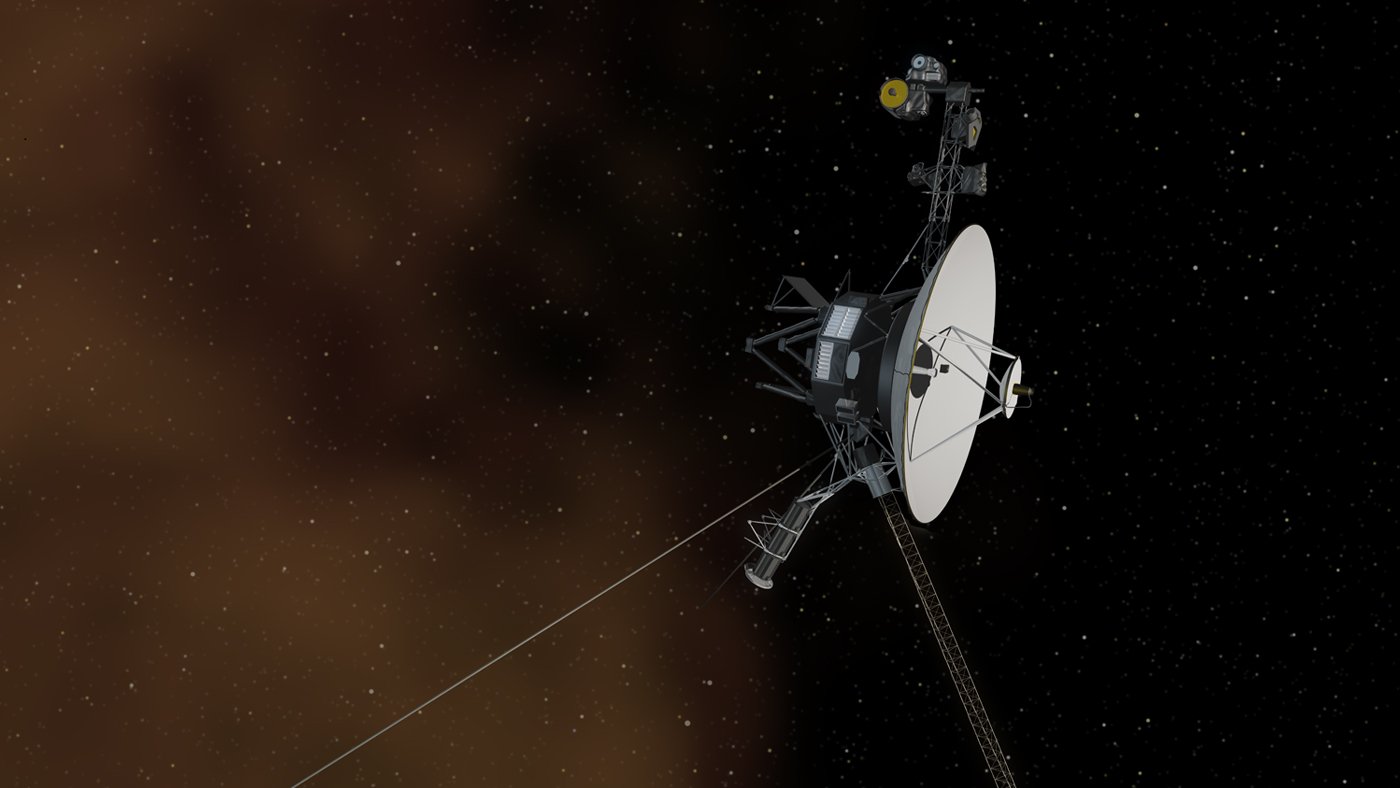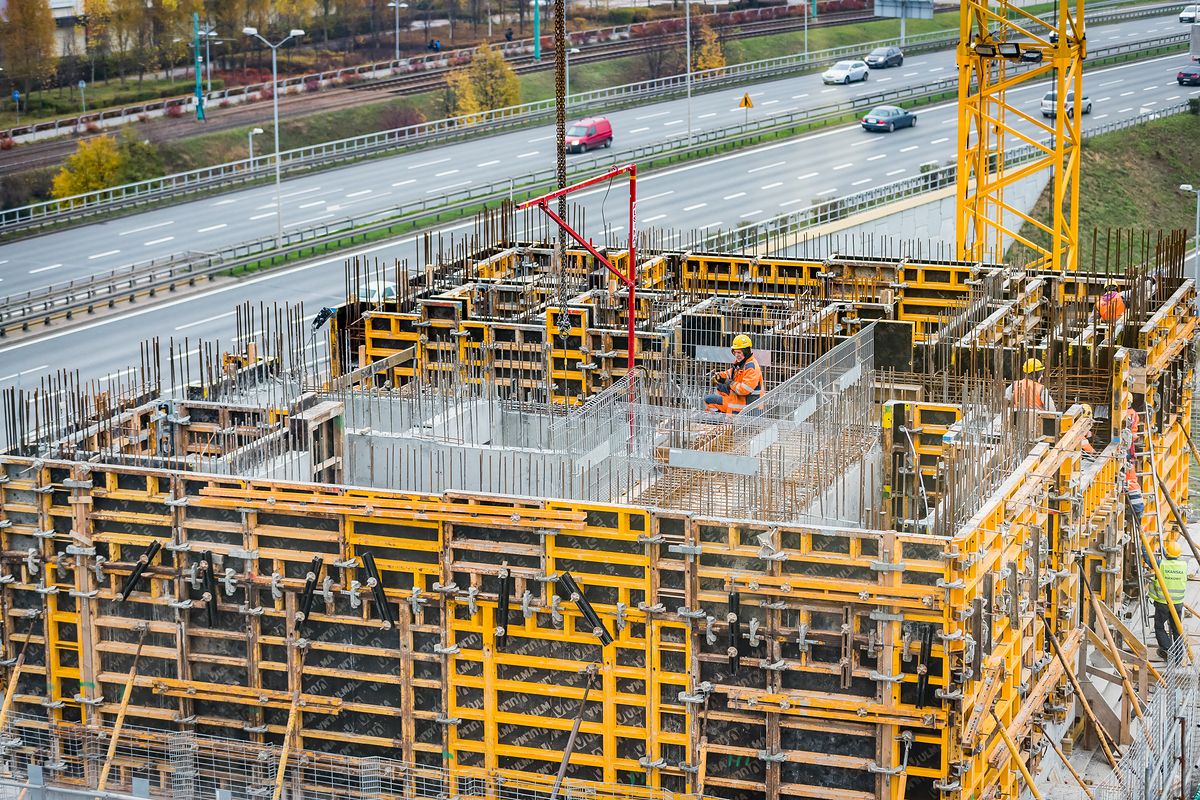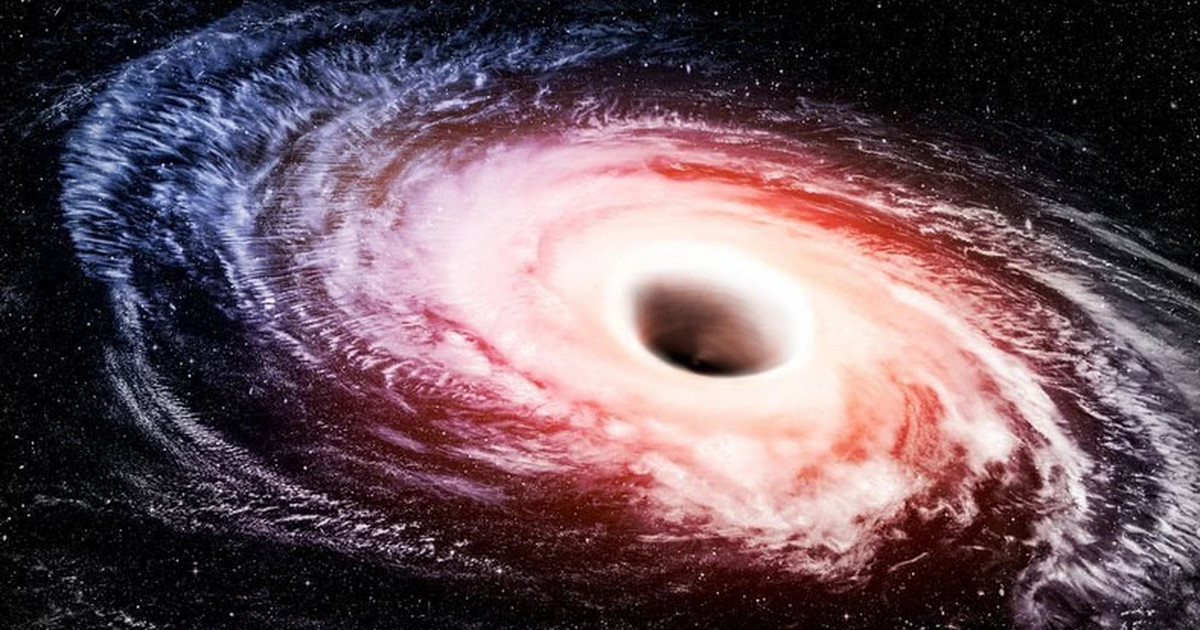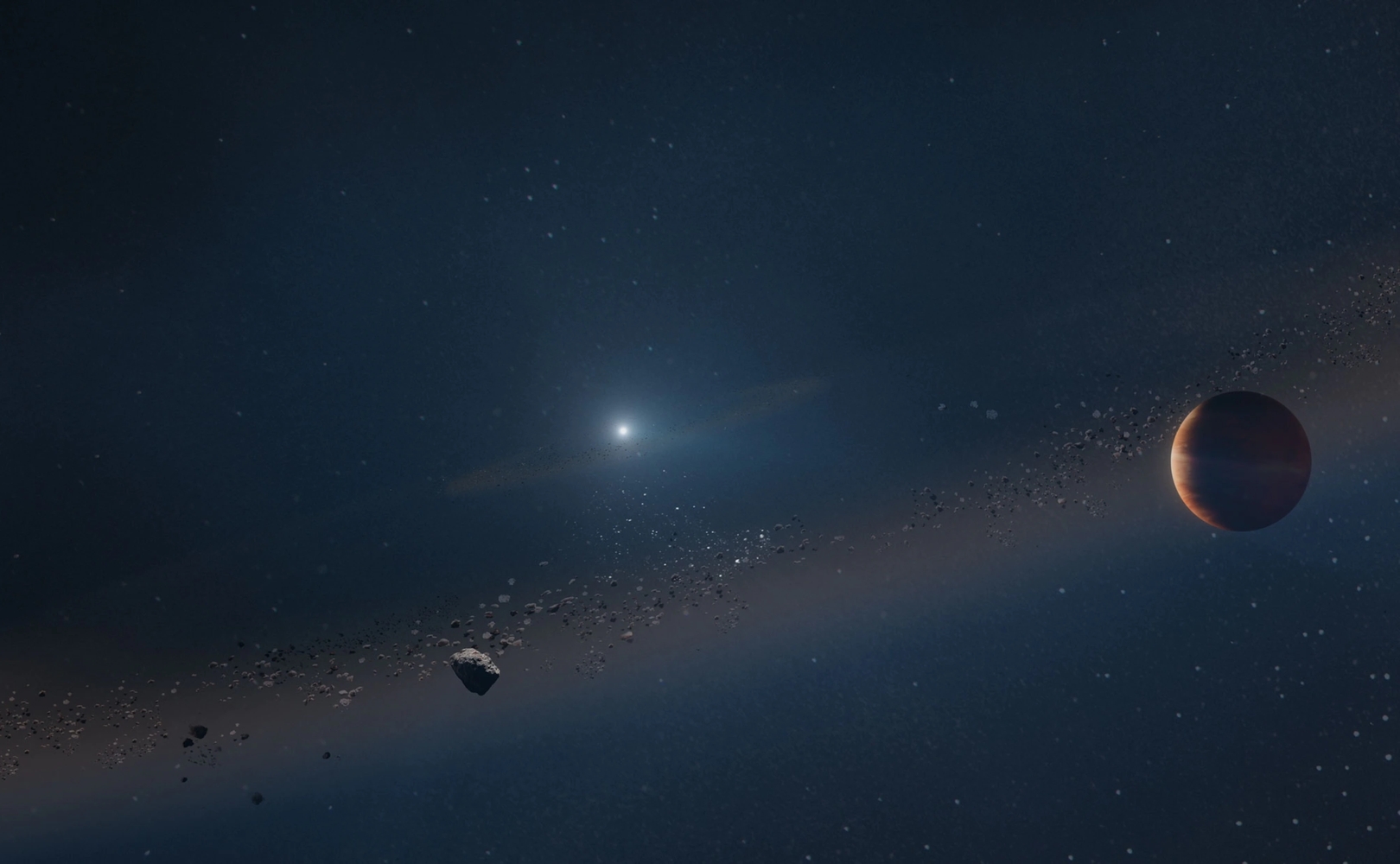Voyager is the longest mission in NASA history. Two space probes have been in space for 45 years. Interestingly, it exceeded all the initial expectations of engineers and scientists.
Two Voyager probes were launched in 1977 NASA’s longest mission It is the only spacecraft to have explored interstellar space.
Read also: Voyager 1 is going crazy. What happens to a spacecraft far from the record?
message in the bottle
Voyager 1 and Voyager 2, in a way, are time capsules for their age. Each carries an eight-track tape player to record data, with up to 3 million times less memory than modern smartphones. They transmit data about 38,000 times slower than today’s 5G network offers.
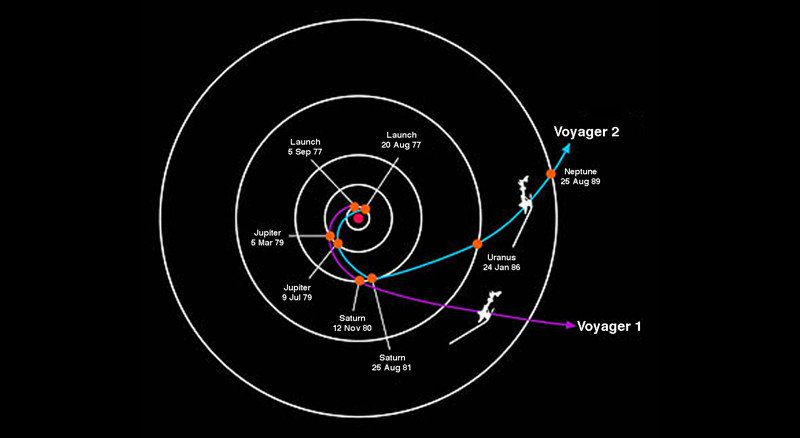
Despite these details, the Voyager probes remain pioneers in space exploration. They are the only things that have explored interstellar space. Scientists are combining Voyager observations with data from new missions, giving them a complete picture of the Sun and how the heliosphere affects our neighboring galaxy.
The Fleet of Heliophysics Missions provides invaluable insight into the Sun – from understanding the corona or the outer part of the Sun’s atmosphere, to studying the Sun’s effects throughout the Solar System, including here on Earth, in our atmosphere and beyond in the space between stars . For the past 45 years, the Voyager missions have been integral to delivering this knowledge, and have helped change our understanding of the Sun and its effects in a way no other spacecraft can.Nicholas Fox, director of the NASA Heliophysics Division
Each Voyager probe includes a gold disk with images of life on Earth, diagrams of basic physical laws, audio materials with recordings of Earth’s nature and greetings in several languages. This is a “message in a bottle” for all possible alien civilizations.
More than expected
Voyager 2 was launched on August 20, 1977, followed by Voyager 1 on September 5. Both spacecraft traveled to Jupiter and Saturn. Probes revealed a lot about the two largest planets in the solar system and their moons, and Voyager 2 became the first and only spacecraft to pass near Uranus (in 1986) and Neptune (in 1989).
On the other hand, Voyager 1 found that the heliosphere blocks 70% of cosmic rays, which are the energetic particles produced by the explosion of stars. Voyager 2, after completing its exploration of its planets, continued its journey to the limits of the heliosphere, leaving it in 2018.
Today, as both Voyagers explore interstellar space, they provide humanity with observations of uncharted territory. For the first time, we’ve been able to directly investigate how the Sun interacts with particles and magnetic fields outside the heliosphere, helping scientists understand the local neighborhood between stars, debunking some theories about the region and providing key information for future missions.Linda Spilker of Project Voyager at JPL
Voyager 1 recently started experiencing an issue that was causing distortion of status information for one of the onboard systems. The spacecraft is still operating normally, indicating that the problem is with the production of status data and not with the system itself. The probe continues to transmit scientific data. Scientists don’t know how long the spacecraft will operate, but this time it has exceeded their wildest expectations.

Echo Richards embodies a personality that is a delightful contradiction: a humble musicaholic who never brags about her expansive knowledge of both classic and contemporary tunes. Infuriatingly modest, one would never know from a mere conversation how deeply entrenched she is in the world of music. This passion seamlessly translates into her problem-solving skills, with Echo often drawing inspiration from melodies and rhythms. A voracious reader, she dives deep into literature, using stories to influence her own hardcore writing. Her spirited advocacy for alcohol isn’t about mere indulgence, but about celebrating life’s poignant moments.

